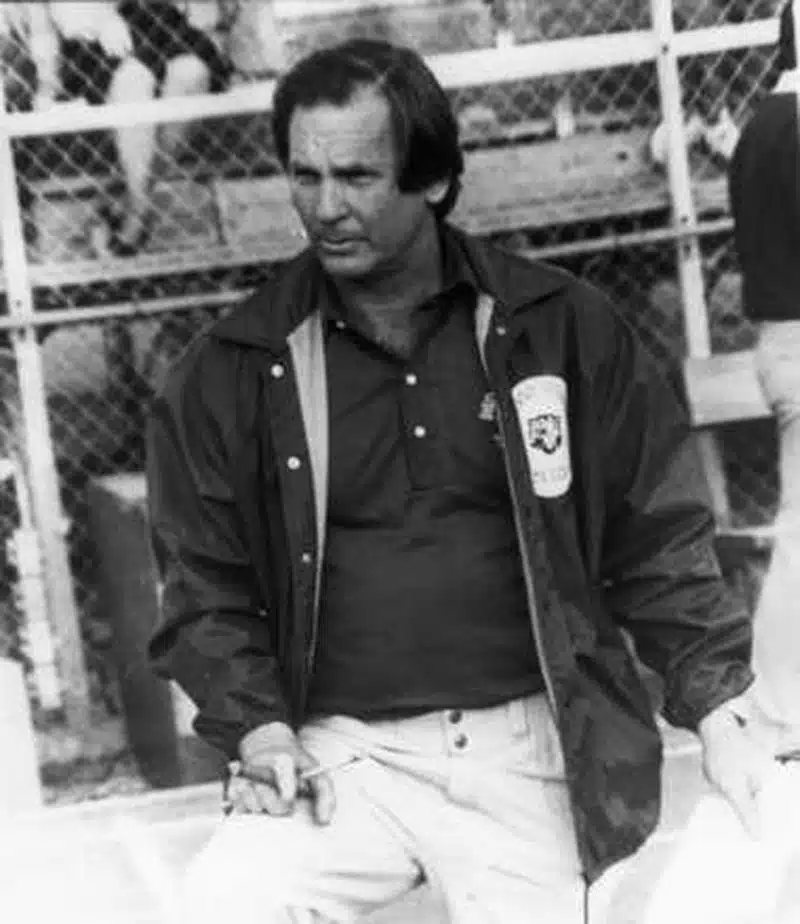(Editors note: This is the second of a five-part series on former prep football traditions in the “Southern Six”)
The Shrimp Bowl was considered the “Granddaddy” of all prep football postseason bowl games in the state of Mississippi.
But that annual contest that took place in Biloxi every year was far from the only bowl option for teams to compete in on the Mississippi Gulf Coast before a state-wide playoff system was implemented in the early 1980s.
The Turkey Bowl took place annually in Ocean Springs for more than 20 years, beginning in 1958. The game was sponsored by the Ocean Springs Jaycees and began first at Freedom Field before being moved to the newly constructed Greyhound Field in the mid-1960s.
Many prep football teams from across the state of Mississippi as well as some from Louisiana played in the game over its two-decade existence, including from the “Southern Six” the home-town OSHS Greyhounds many times as well as D’Iberville, Moss Point, St. Martin, Our Lady of Victory, Vancleave, Notre Dame, Pass Christian and St. John among others.
Among other schools competing over the years were Brookhaven, Jackson St. Joe, Petal, Agricola High, Newton High and South Jones as well as Amite, La., Brother Martin from New Orleans and a school called New Orleans Academy.
The first game was played in 1958 and saw OLV beat Ocean Springs 33-6. Other highlights from the first decade or so included another OLV win over OSHS 32-14 in 1961 and an OSHS win over NOLA Academy in 1963 14-7 which marked the Greyhounds’ first Turkey Bowl win. Ocean Springs beat Notre Dame 51-18 in 1967, but the Rebels bounced back to knock off D’Iberville 26-10 in the final game of the decade in 1969.
There was no game in 1970 due to the fact that OSHS voted not to play in the game, but the event returned in 1971 and hit its stride throughout the rest of that new decade just like some of the other bowl games in the state did.
After Petal nipped St. Martin 24-23 in 1971, the game was elevated to yet another level of notoriety when the inclusion of Big Eight Conference teams happened the next year.
In 1972, legendary Moss Point head coach Billy Wayne Miller and his team of Tigers made their first of two appearances in the contest and beat Brookhaven 24-6. The match-up between the Tigers and Panthers, both members of the prestigious Big 8 Conference, marked the first time the Turkey Bowl included teams from the most notable league in the state.
After Pass Christian beat OSHS 28-8 in 1973, Notre Dame beat Jackson St. Joe 226-19 in 1974. St. Joe was one of the largest high schools in the state at that time.
The mid-1970s became the opening farewell for the Turkey Bowl, as talks of the state-wide playoff system had begun. But the game finished strong with a pair of games to close out the decade.
In 1977, Ocean Springs and D’Iberville met in a precursor to the 1978 Shrimp Bowl, a game that has long been considered one of the best games in South Mississippi before the state playoffs began. The Greyhounds beat D’Iberville in The 1977 Turkey Bowl 33-13, but when the pair of unbeaten squads faced off the next year in Biloxi the Warriors won 13-12 on a last-second field goal.
But, not to be outdone, the Turkey Bowl had a notable match-up itself in 1978 as then perennial Big 8 Conference power Moss Point returned to face off with Brother Martin out of the famous Catholic League in New Orleans. The Tigers pulled out a defensive struggle 6-2 on that Saturday night after Thanksgiving in one of the final Turkey Bowl games contested. That game arguably pitted the top two football programs and name brands ever to play in the Turkey Bowl.
That game alone featured as many as 12 players that went on to play college football in the Southeastern Conference.
The game mainly featured teams that played in smaller conferences in South Mississippi, such as the Gulf Coast Conference, the Singing River Conference, the Pascagoula River Conference, and the Desoto Conference. When it first began, it was contested either on Thanksgiving day or night for most of the first 10 years or so before rotating between the Friday and Saturday after Thanksgiving in its later years.




